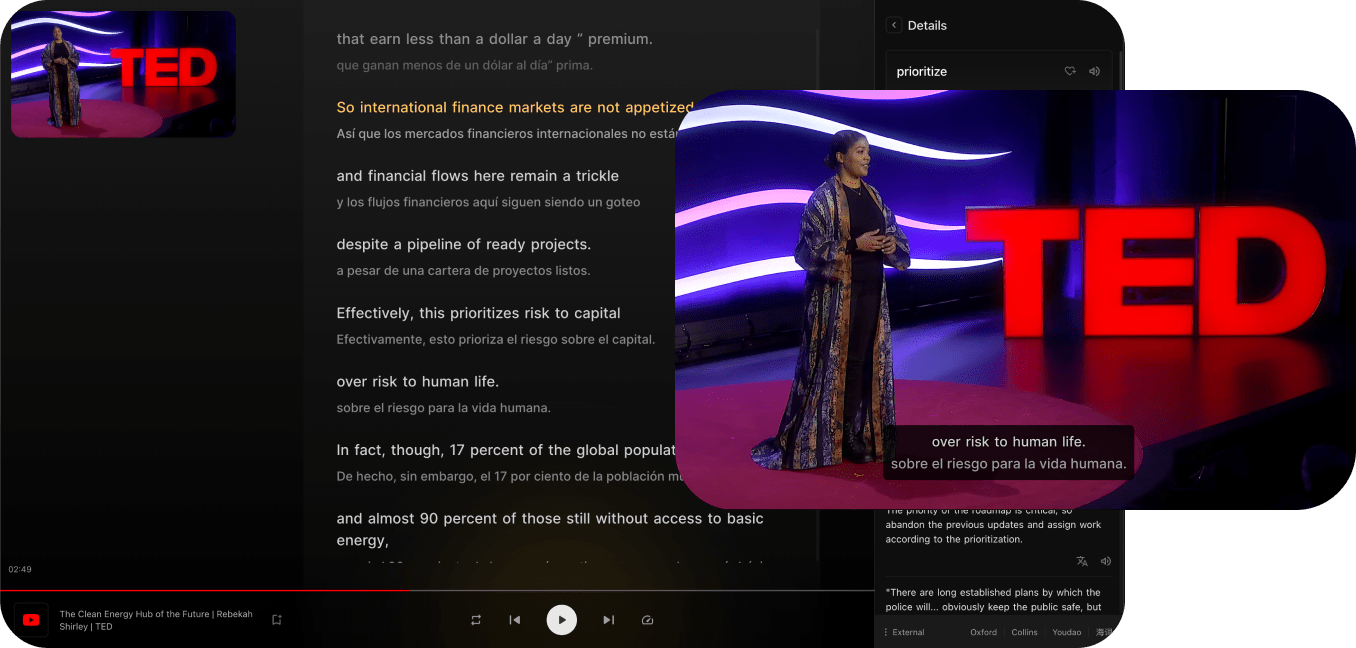Airflow introduction and installation: Airflow Tutorial P1 - 雙語字幕
Hello everybody this is Koda2J.
In this tutorial series we are going to learn Apache air flow.
So what is Apache air flow?
It is an open-sourced tool which we can create schedule and monitor many kinds of work flow.
It is the perfect tool to use when we have a workflow with Taskers 123 which should be run periodically in specific order.
Airflow is based on Python.
If you already have some coding experience with Python, you are good to go.
Okay, let's get started.
First of all, let's create a Python project and in-store airflow.
I'm going to open Visual Studio Code to create a project folder and open it.
And I will name it airflow tutorial.
on the desktop directory.
Let's open a terminal and check whether I am in the right directory or not by command PWD.
Since airflow 2.1 requires a Python version above 3.6.
Let's check my Python 3 version by command Python 3 minus minus version.
As we can see, my local Python 3 version is 3.6.7 and meets the requirements.
That's great.
You can also use version 3.7 or 3.8.
Let's create a Python environment with command Python 3 minus m v inf with environment folder named py underscore inf Once created successfully,
we can see the py underscore info in the explore section.
Now let's active the Python environment, use command source py underscore info bin active.
When activated, we can see the py, underscore inf on the very left of the terminal prompts.
Next step, I'm going to install airflow locally.
Let's open browser and search Apache airflow official GitHub repository.
and navigate to the in-store section.
I will copy the in-store command and paste it in the terminal before I the-store section.
I have to change the dependency to many match my local Python version.
Instead of 3.7, we change to 3.6.
Oops.
There is an error of missing GCC.
To solve this problem, I have to run command Xcode minus select in store to in store Mac OS command line tools.
The installation takes a of minutes.
After we execute the Pips in-store command again.
This time, there's no error.
Therefore, Airflow is in-store successfully.
Okay, next step, I'm going to initialize the database for Airflow.
Before that, we have to indicate the Airflow home directory.
By default, it will create a folder Airflow in Home Directory.
However, I would like to have everything in my project directory, so I export the Airflow Home Environment variable to my current directory.
Then I will initialize the database with command airflow DB init.
This command will create an SQLite database, a log folder, and some configuration files.
Next, I will start airflow web server by command airflow web server minus P8080 by default 8080 is the port to be used.
If you want, you can also use other port for example 8088, 8082 as you wish.
Then let's open the link in the browser.
It requires me username and password to login.
Okay, let's go back into the terminal, stop the airflow web server and create one user
by comment, airflow users create and give value to parameters as shown in the help output.
By setting the power password, we start the air flow web server again and we are ready to sign in.
It looks great.
I can see all the example decks, but over that it says there's no schedule running.
Okay, in order to execute the decks we have to start the air flow scheduler.
Let's go back to VS Code, open another terminal.
First, we have to make sure we export the airflow home environment variable as we did in the first terminal.
Then we execute the command airflow sketch.
Now, let's go back to browser and refresh the page.
We can see, boom, the message is gone.
It means the scheduler is running properly.
Let's turn on one example deck by clicking the button before the deck.
From the tree view we can see this deck has multiple tasks.
When we click the refresh button on the right hand side.
We can see the tasks have been scheduled and executed.
And it has been marked as dark green once it has been run successfully.
That's it!
解鎖更多功能
安裝 Trancy 擴展,可以解鎖更多功能,包括AI字幕、AI單詞釋義、AI語法分析、AI口語等

兼容主流視頻平台
Trancy 不僅提供對 YouTube、Netflix、Udemy、Disney+、TED、edX、Kehan、Coursera 等平台的雙語字幕支持,還能實現對普通網頁的 AI 劃詞/劃句翻譯、全文沉浸翻譯等功能,真正的語言學習全能助手。
支持全平臺瀏覽器
Trancy 支持全平臺使用,包括iOS Safari瀏覽器擴展
多種觀影模式
支持劇場、閱讀、混合等多種觀影模式,全方位雙語體驗
多種練習模式
支持句子精聽、口語測評、選擇填空、默寫等多種練習方式
AI 視頻總結
使用 OpenAI 對視頻總結,快速視頻概要,掌握關鍵內容
AI 字幕
只需3-5分鐘,即可生成 YouTube AI 字幕,精準且快速
AI 單詞釋義
輕點字幕中的單詞,即可查詢釋義,並有AI釋義賦能
AI 語法分析
對句子進行語法分析,快速理解句子含義,掌握難點語法
更多網頁功能
Trancy 支持視頻雙語字幕同時,還可提供網頁的單詞翻譯和全文翻譯功能